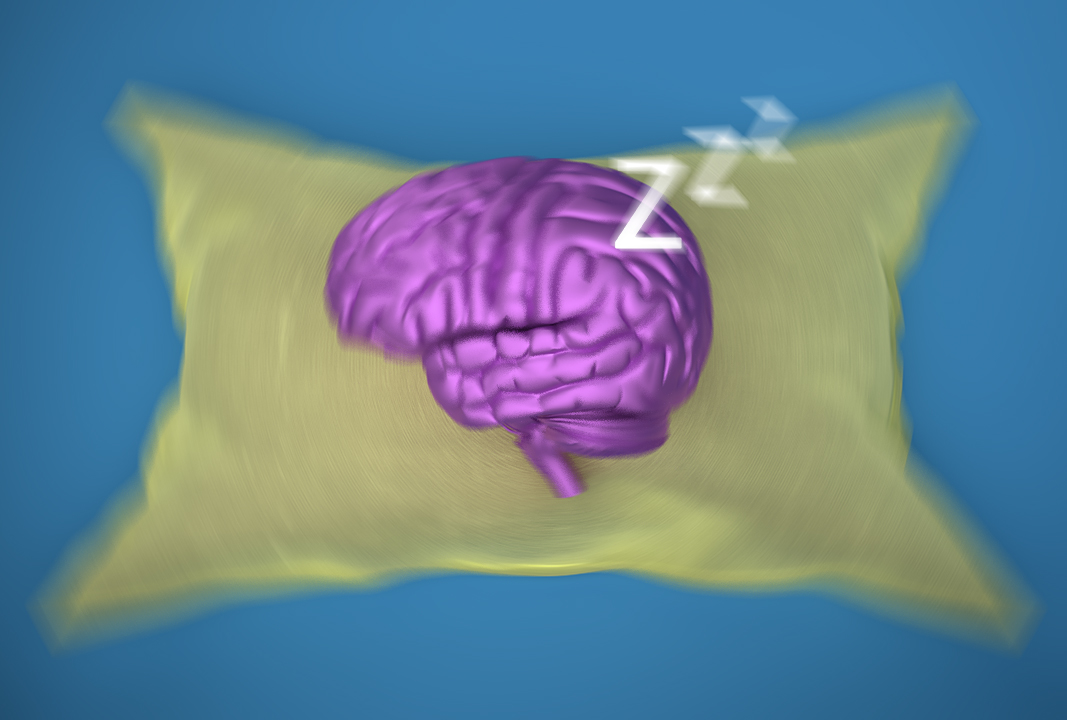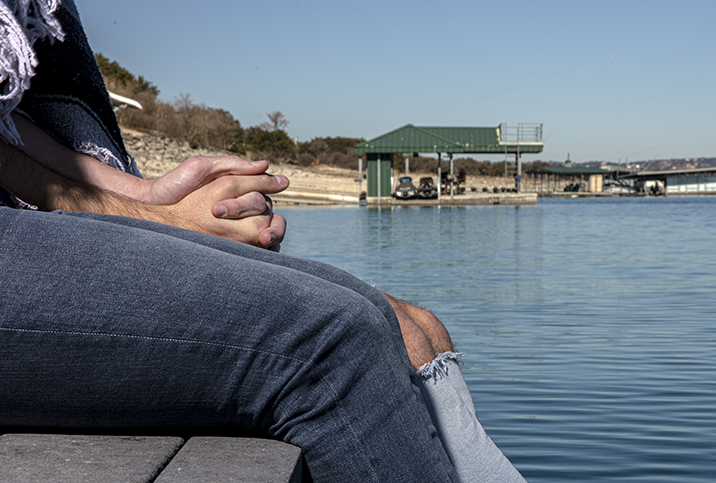The 5 Stages of Post-Traumatic Stress Disorder

Everyone can develop post-traumatic stress disorder (PTSD) after experiencing or witnessing something traumatic, from sexual assault to the sudden death of a loved one. About 7 to 8 percent of the population will have PTSD at some point, and its symptoms can last for months to years and can afflict anyone, so it's important to know what the condition looks like and how it may progress.
PTSD progresses in five stages, each of which will be discussed below.
1. Impact
Also known as the "emergency" stage, this occurs immediately after the traumatic event takes place. People may be shocked about what just happened and may not know how to process it, which can induce anxiety and feelings of guilt. Additional symptoms include fear, helplessness and hypervigilance.
People can have some of these symptoms and not develop PTSD; it's normal for people to feel anxious or guilty immediately after experiencing a dangerous or stressful event.
2. Denial
People going through the denial stage will refuse to address the emotions that come with their trauma and triggers. Anyone prone to self-medicating may turn to drugs or alcohol to avoid dealing with the emotions they have when triggers arise.
Not everyone with PTSD goes through this stage.
3. Rescue
During this stage, people with PTSD begin to come to terms with what has happened. They may return to the scene of the trauma or have conversations with other people involved in the traumatic event.
They may not fully process their trauma in this stage, and that's OK. They may experience confusion, anxiety, anger, sadness, flashbacks, nightmares, loss of interest in normally enjoyable activities and trouble remembering details of the traumatic event.
It's important that PTSD sufferers accept any help that comes their way during this stage and avoid becoming cynical and withdrawn.
4. Recovery
As people go through the recovery stage, they will have to address the more long-term symptoms of PTSD. They may already be living a fairly normal life, but long-term treatment can help keep PTSD from worsening and interfering with their progress.
For people who have been diagnosed with PTSD, talk therapy and medication can help manage the symptoms and identify triggers. A therapist can help deliver a fresh perspective on the traumatic event as they work toward getting back on track.
Symptoms they may face in this stage include nightmares, anxiety and flashbacks, and those are in addition to any other symptoms they may have experienced during the earlier stages of PTSD.
5. Reconstruction
The reconstruction stage begins once sufferers start to look toward the future. They may be fearful, depressed or have some resentment about the future, and in this stage, they will address those feelings so they can move forward in a healthy way.
The symptoms of PTSD may come and go or develop long after a traumatic event transpired. If people don't make their way through these steps and build an appropriate support system, they may have to deal with the symptoms of PTSD for years after the event.
If you or someone you know has PTSD, help is available. Going to therapy and getting help isn't embarrassing or shameful, and receiving needed support immediately can keep the problem from getting worse.

















